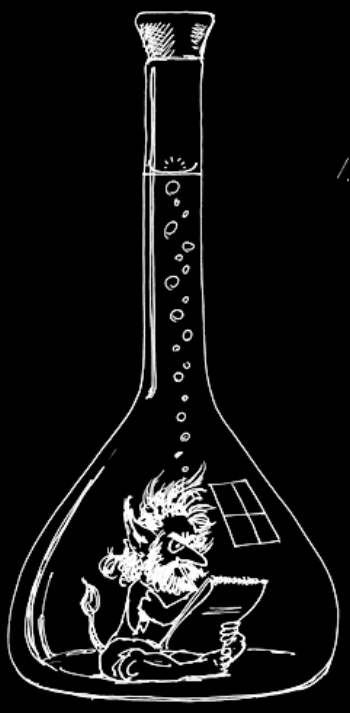Set up the internal quality control by choosing suitable control samples and set-up control charts with preliminary control limits (preferably target control limits) - see Nordtest TR 569 "Trollbok" version 2018 for further guidance, www.nordtest.info. Requirements for target control limits cane found on this site under Resources, Requirement on measurement quality Some important issues about QC is presented in this lecture from a Eurachem workshop 2020
Document available in more than 15 languges
Version 5.1 2018 has the following news
more focus on target control limits. In cases where the client’s demand is lower than the performance of the method, wider control limits can be set. Since this will results in fewer out of control values we recommend laboratories consider this option – see example 1,2,5 and 7;
long-term evaluation (chapter 10) now discusses changing of control limits and central line in separate paragraphs;
pooled standard deviation
* combined standard deviation is now more correctly called pooledstandard deviation;
* pooled standard deviation is recommended to obtain the standard deviation for range charts;
* an example of pooling standard deviation for sr and sRw from an internal control measuring three replicates in every analytical run, example 10, is added. If all results were used to calculate sRw too low estimate is obtained resulting in too narrow control limits;for range chart the best samples to be used are test samples selected among the samples to be analysed in that analytical run – examples have been updated.
FAQ - Frequently fory Asked Questions
Central line - should I set it to the reference value or the mean value?
Reply:Whenever possible set the central line to the reference value. However you may have to adjust the control limits - see FAQ2Should I adjust the control limits if I use a reference value for the central line?
Reply: If the reference value is: 200 ug/L and we get a observed mean of 205 ug/L with a standard deviation of 5 ug/L based on more than 60 measurement over a longer time period shall we then use the mean or the reference value for the central line. Here we strongly recommend to use the reference value so the small bias is clearly shown. NOTE you need to have slightly wider. control limits in order not to get to many out of control situations. In this case the warning limits could be 15 and the action limits 22.5 ug/L.Preparation of a QC solution for chlorate - dilution of a stock solution of 1000 mg/l
Reply: Preparation of QC solutions should be with an uncertainty better than 1/5 of the sd used to set up the chart - see Trollboken page 2. The QC chart is set up for chlorate with a control sample at a level of 0.1 mg/L and has the upper warning limit at 0.133 mg/L i.e 33 %. One sd will then be 16,5 % and 1/5 of that is about 3.3 %. The expanded uncertainty of the nominal value of the QC solution should then be 3.3 % or lower. Dilution with micropipette and volumetric flasks 1 ml to 100 ml and then 1 ml to 100 to get a dilution of 10 000 times the uncertainty will be about 2 % - see uncertainty budgetUse of repeatability limit
Question: You measure protein content in a sample with two replicates, and get results of 2,3 g/100 g and 2,6 g/100 g. The calculated repeatability limit for this analysis method is 3 %. (Calculated by multiplying the relative standard deviation by a factor of 2,8). How would you determine if the two results are within the repeatability limit?
Reply: The relative difference is 0.3/2.45 * 100 = 12 % which is more than 3 % and therefore over the repeatability limit. NOTE the s given, about 1,1 % should be for SINGLE results.Which data should be removed when setting the control limits?
Question: I have 1000 data from one year and what to set up a control chart. Shall I use all data or shall I first remove outliers?
Reply: The Trollbook recommends to remove data outside ± 4 s. If you have followed the recommendation to plot ALL data you will also have som big mistakes. These big mistakes you need to remove first. Below is the QC chart and the calculations are shown here.
6 In Nordtest 569 chapter 10 about long term evaluation there is a factor 0.35. The recommendations is to check if the a new mean is more than 0.35 times s from the current mean - if the difference is higher we need to investigate more. The questions is where does this 0.35 come from?
Reply: The factor for a significant difference (0.35 times s) is calculated from equation 7 - 60 data points both for the new mean as well as for the current mean value used in the QC chart. It the difference is bigger than about 0.35s we may have a significant difference.
However, if the current value for the central line is based on a reference, with low uncertainty, simulations show that for a true difference of 0.35 s a t-test will show significant difference ( t > 2 ) in about 2 third of the cases.


